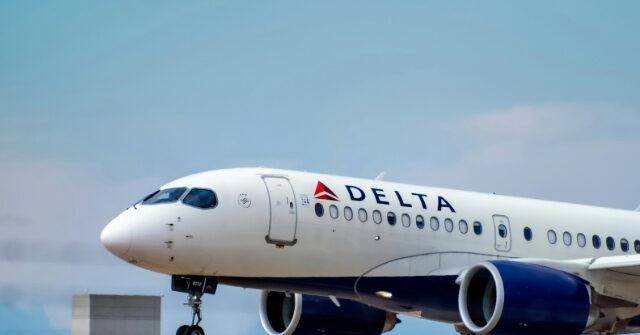Introduction: Recent Aviation Incidents Raise Safety Concerns
The past few weeks have seen a series of concerning incidents involving major airlines, prompting a closer look at aviation safety. Delta Air Lines and FedEx have been at the center of these events, which range from emergency landings to a plane crash, underscoring the importance of stringent safety protocols. These incidents, while alarming, also highlight the effectiveness of emergency procedures and the rigorous training of flight crews. As investigations unfold, they serve as a reminder of the complexities and challenges inherent in air travel, emphasizing the need for continued vigilance and improvement in safety measures.
Emergency Landing in Boston: A Tale of Swift Response
Passengers on a Delta Air Lines flight from Boston to New Orleans experienced a harrowing journey when their plane was forced to return to Logan Airport due to a mysterious smoky odor in the cabin. The incident, occurring shortly after takeoff, led to an emergency declaration, enabling the flight to receive priority handling from air traffic control. Onboard were 87 passengers and five crew members, all of whom were safely evacuated upon landing. The airline’s swift response underscored the critical importance of crew training and established safety procedures. Emergency services attended to three individuals, with one being hospitalized for further care. This incident, though distressing, exemplifies the efficacy of emergency protocols in ensuring passenger safety.
Los Angeles Emergency Landing: Smoke Leads to Safe Conclusion
In another incident, a Delta flight made an emergency landing in Los Angeles due to smoke detected in the galley. Video footage captured the aircraft touching down safely, a testament to the crew’s adherence to safety procedures. The incident mirrored the Boston event, highlighting the recurrence of in-flight smoke issues. Despite the challenging circumstances, all passengers and crew were reported safe, with no major injuries. This episode not only reinforces the importance of vigilance but also raises questions about the maintenance and safety checks conducted by airlines to prevent such occurrences.
Toronto Plane Crash: A harrowing Landing with Severe Consequences
The most severe incident occurred in Toronto, where a Delta flight crash-landed and flipped upside down upon arrival from Minneapolis. The crash resulted in critical injuries to one child and two adults, with video footage capturing the terrifying moments as the plane struggled in cold weather. The accident has initiated an investigation into the cause, potentially linked to harsh weather conditions. This incident serves as a stark reminder of the unpredictable nature of air travel and the need for robust safety measures to mitigate such risks.
FedEx Incident: Bird Strike Highlights Aviation Hazards
A FedEx cargo plane experienced a dramatic incident after striking a bird midair, leading to an engine fire upon takeoff from Newark Liberty International Airport. Fortunately, the crew managed to land safely without any injuries. This incident underscores the unpredictable hazards in aviation, such as bird strikes, which can pose significant risks. The Federal Aviation Administration’s (FAA) involvement highlights the seriousness with which such events are treated, reinforcing the importance of adhering to safety protocols and maintenance standards to prevent future occurrences.
Conclusion: Learning from Incidents to Enhance Safety
These incidents collectively underscore the critical nature of safety in aviation. While the outcomes varied in severity, each event points to the effectiveness of emergency procedures and the pivotal role of crew training. Airlines must remain vigilant, continuously improving safety measures and maintenance protocols. As investigations into these events unfold, they will undoubtedly reveal valuable insights, contributing to the ongoing enhancement of air travel safety. The commitment to safety by airlines and regulatory bodies is paramount, ensuring that air travel remains one of the safest modes of transportation.


